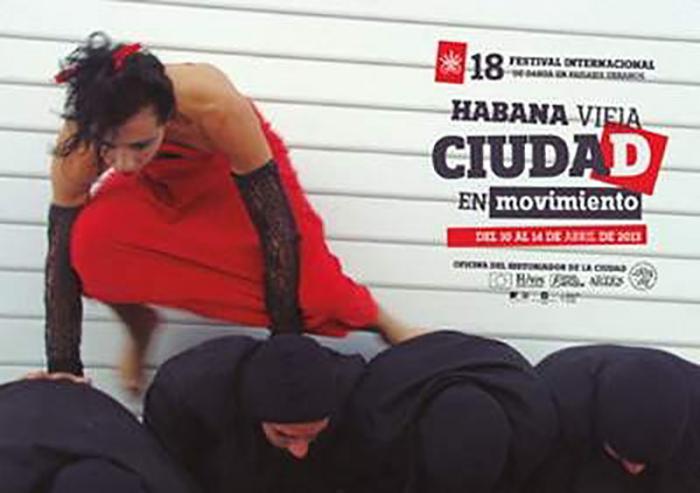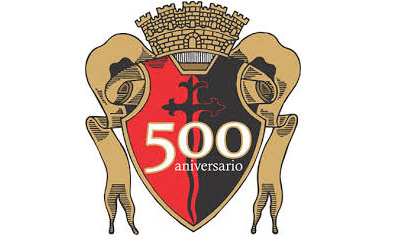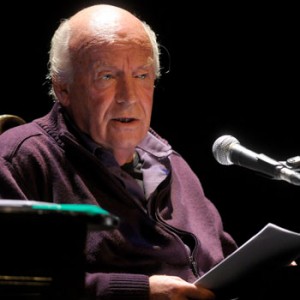April ends with International Dance Day, established by UNESCO in 1982 to commemorate the birth of Georges Noverre (April 29, 1727, Paris, – November 19, 1810, Saint-Germain-en-Laye, France), innovator and investigator of the art form, maestro and creator of modern ballet.
Noverre’s Letters on Dancing and Ballet constitute an authentic manifesto on choreography, in which, without totally casting aside academic precepts, he presents dance as an independent artistic expression which can stand on its own.
Every year a different figure in the world of dance makes a speech. In 2000 it was Cuba’s prima ballerina assoluta Alicia Alonso, and this year Spaniard Israel Galván, who has played an important role in contemporary flamenco for the last twenty years.
“I see people moving as they walk along the street, hail a taxi, moving in their different ways, styles and deformations. They are all dancing! They don’t know it, but they are dancing!” Galván wrote.
On April 29 in Cuba, the National Prize for Dance is awarded, with the honor going this year to María Elena Llorente, exceptional prima ballerina with the Cuban National Ballet and today one of its outstanding maitres.
“… Great dancers are not great because of their technique, they are great because of their passion,” Martha Graham, eminent U.S. dancer and choreographer, wrote, and the statement applies perfectly to the long, intense career of Llorente.
Several dates to outline her accomplishments: 1950: She graduated after four years from the Pro-Arte Society School of Ballet in Havana; 1954: joined the Alicia Alonso Academy; 1962: joined the National Ballet of Cuba; 1973: danced leading roles in world premiere’s of Tarde en la siestaand El río y el bosque, by Alberto Méndez; 1976: became a prima ballerina.
Celebrating the 50th year of her artistic career, she commented in an exclusive interview, “I always worked to get better; I never set the goal for myself of becoming a prima ballerina. When I was given the status, I had already danced many leading roles. I had yet to do only Giselle and Swan Lake. When you are labeled a prima ballerina, you feel the pressure, this is the highest level. It implies more responsibility.”
Responding to a question about her most challenging roles, she said, “For me, all were challenging, because each one has its charm. Some because they are difficult technically, others like Giselle, because we have strong examples. For El río y el bosque, everyone asked how I – so white, so blonde, with green eyes – was going to be Oshun. There are ways, not just make-up, but rather a way of dancing which can transmit this. Everyone sees me as a classic ballerina, maybe because of my fragility, my physique, but I have been able to do things with much power, dramatism, and this is accomplished by feeling what you do, which comes from inside.”
2002 was not a year of celebration, as she had decided to retire. “After my last performance, I continued training, giving classes, and little by little I became more involved as a maitre. I still consider myself a dancer, I can’t help but move. Sometimes the youngsters in rehearsals say to me: Maestra, why are you doing that? One needs the movement.”
How does she describe a dancer’s career? “It requires discipline, passion. What is fundamental is being in love with your career. Not doing things for the applause, but doing them and feeling that you are giving your all.”
The awarding of the National Prize on April 29 took place at the Mella Theater, where the Days of Dance series once again showed the diversity being developed in Cuba.
With a different performance every night, more than 30 companies participated, among them Habana Compás Dance, Ecos, Narciso Medina, the Spanish Ballet of Cuba, and the Prodanza Center Ballet, directed by Maitre Laura Alonso.
The month began with two premieres, Punto ciego, from the award-winning Danza Rosario Cárdenas, and Transire. Sin ganas de mirar atrás, choreographed by Norge Cedeño for Danza Contemporánea de Cuba.
Another attractive event was the 20th edition of the International Urban Landscapes Dance Festival, entitled Habana Vieja Ciudad en Movimiento (April 15 -19) in the city’s central historic district, to which were added four days of interaction with Scandinavian artists in a program called Tránsitos-Habana; the International Dance Video Festival DVDanza Habana; and the Huella de España, celebration of Cuba’s ties with Spanish culture.
The Habana Vieja Ciudad en Movimiento festival was sponsored by the Danza Teatro Retazos company directed by Isabel Bustos, 2012 National Prize for Dance winner.
The event opened with Crisálida, choreographed by Miguel Azcue, a piece co-produced with the Swedish company Memory Wax, and continued in streets, parks and community cultural centers with performances by invited groups from Mexico, Colombia, Norway, Argentina, Germany, Sweden, Puerto Rico and, for the first time, the United States.
Havana’s central historic district also hosted DVDanza, dedicated to the dance video, with screenings of some 40 pieces from 20 countries at the Retazos company headquarters, the Lumière Cinema, and Plaza Vieja – the first time in an outdoor venue. Works from Argentina, Brazil and Colombia featured prominently.
The future was not forgotten during this April’s celebration of dance. Teachers and students from Mexico, Colombia, Brazil, Venezuela, France, Panama, Argentina, Costa Rica, the United States, Bolivia, Italy, Ecuador, and El Salvador attended the XXI International Encounter of Ballet Academies organized by Cuba’s National School of Ballet. The school’s director, Ramona de Saá, dedicated the event to Maestro Fernando Alonso, to commemorate the centenary of his birth.
This year’s Huella de España celebration of Spanish culture (April 12 -19), a project directed by Alicia Alonso, coincided with the celebration of dance, and included performances of three works choreographed by Alonso herself: Serenata Goyesca, with music by Joaquín Rodrigo; Diálogo a 4, inspired by the music of Ignacio Cervantes; and Impromptu Lecuona with music by this great Cuban pianist and composer.
The closing gala’s program featured Tarde en la siesta, by Alberto Méndez (music by Lecuona) and the pas de deux from Don Quixote’s third act, choreographed by Alonso. Both pieces were emblematic for María Elena Llorente, who premiered the first and, along with Marta García, the second, for which she also served as artistic-choreographic director.
Dance, in its broadest sense, is a faith in Cuba, where the opinion of Argentine dancer JorgeDonnis widely shared: “Entering into dance, is like entering a religion, pronouncing the vows is committing every minute of your future life.”
No doubt, April is Cuba’s month of dance par excellence, contradicting the poet who called it the year’s most cruel …




